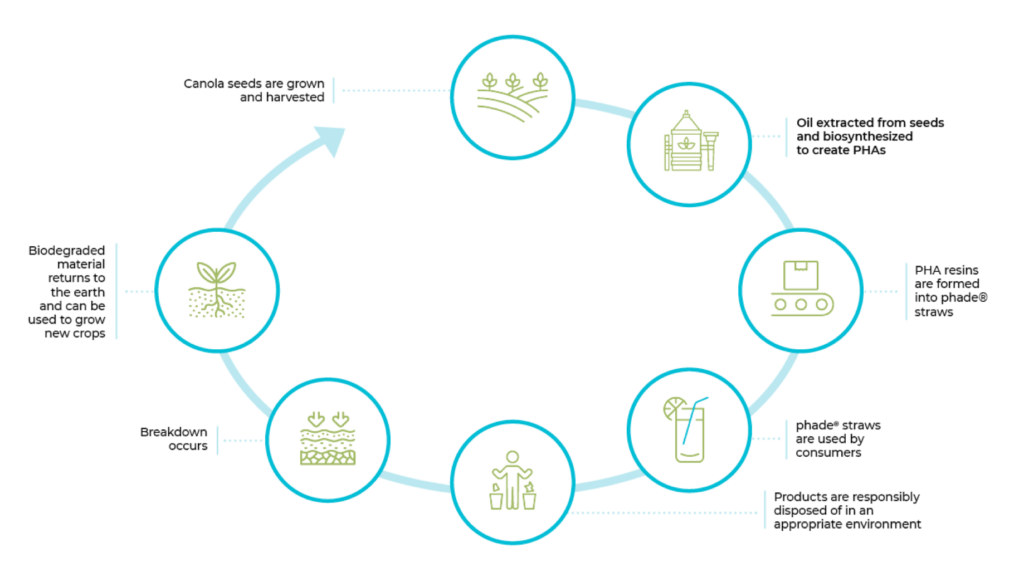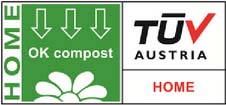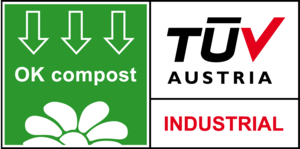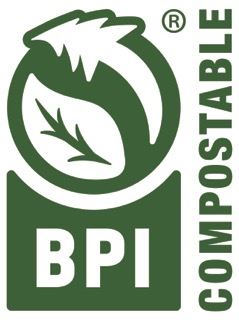Straws Shouldn’t Last Centuries. Now They Don’t.
See how phade®, made with PHA, can change the world by replacing traditional, petroleum based straws!
See how phade®, made with PHA, can change the world by replacing traditional, petroleum based straws!
See the top questions from the Time Lapse Video or other commonly asked questions about phade® answered just below.
The global plastic crisis is reaching a critical tipping point. It’s time we collectively admit that all of our current efforts simply are not doing enough to curb the overwhelming amount of waste we create.
For decades, we’ve believed that we could reduce, reuse, and recycle our way to a healthy, petroleum-based plastic free planet. The reality is it’s just not enough. Not even close. Despite our best efforts to date, our landfills are overflowing, our waterways are contaminated, and 13 million tons of plastic are actively wreaking havoc on our ocean ecosystem. What’s worse? Experts estimate a 4X pile-on to the crisis by 2050 through even more consumption of traditional, petroleum-based plastic.
But it doesn’t have to be this way. Together, we can mobilize and solve our global plastics crisis. And while we must improve recycling and remain fervently committed to reduction and reuse, it is clear that if we are to truly avoid irreversible damage to our planet and our health, then we need to leverage PHA-based alternatives to strategically REPLACE petroleum-based, single-use plastics into extinction.
Why do we need more pressure to replace? The ugly truth is that nearly 90% of all plastics get used once and then tossed. And with a lifecycle of 200+ years, that means nearly every piece of traditional plastics ever created is still somewhere contaminating our planet. Compare that to PHA-based solutions like phade® that organically break down in a matter of months in both composting and marine environments. That’s a contrast of one product that essentially never dies vs the other, which naturally returns back to the earth, and actually goes away with the kind of end-of-life story that is remarkably sustainable. More than that, its centuries of pollution we can effortlessly avoid with a simple swap and, frankly, it’s a change the longevity of our planet depends on.
Combatting this crisis will take all of us working together. We developed phade® to give the world an innovative, functional solution to replace petroleum-based, single-use plastics. Join us by spreading the word and let’s make harmful petroleum-based plastic a thing of the past.
The key to phade® is PHA (short for polyhydroxyalkanoate). It’s a substrate derived from the fermentation of canola oil that maintains the feel and user experience of traditional plastic, but that’s where the similarities end.
Unlike petroleum-based plastics that take 200+ years to go away, PHA is plant-based. PHA products are created from nature and designed to return to nature. So, while nearly every piece of traditional plastic ever made still sits somewhere spoiling our planet, phade offers a bio-based replacement with an honest, end-of-life solution that effectively combats the global plastics crisis.
How does it work? Science! Because of its organic make-up, PHA acts as an energy and food source wherever there is a significant presence of bacteria to devour it. This makes products like phade® marine biodegradable, home and industrial compostable, and have a lower greenhouse gas profile than traditional plastics. That’s a trifecta of eco-friendliness.
If we haven’t made it clear, PHA is a groundbreaking advancement in bio-based alternatives to traditional plastics and it’s the reason we can confidently say Blue Is The New Green™.. We owe it to our planet, and ourselves, to push for smarter solutions like phade that can go away after use…sustainably returning to the earth.

Marine Biodegradation ASTM – D6691
The result: phade® met the standard requirement (90% biodegradation in 180 days) in just 98 days. Residual Water Raman Spectroscopy: Complete biodegradation, no microplastics. Residual Water NMR Spectroscopy: Complete biodegradation, no microplastics.

TUV Certified for Home Compostability Certificate No. TA8022004614 (TUV) ISO14855 & ISO20200
The results: phade® exceeded the standard requirements for certification. For ISO14855, phade® biodegraded at least 90% in 90 days (the standard being within one year), and for ISO20200, phade® achieved 100% disintegration within 61 days (the standard being at least 90% of test material reduced to less than 2mm after 26 weeks). phade® passed TUV’s safety requirements for toxicity.

TUV Certified Industrial Compostable Certificate No. TA8012004613
The result: phade® met the standard requirement (at least 90% biodegradation within six months) in these conditions.

BPI Certified Industrial Compostable Certificate No. 10529093-2
The result: phade® passed the standard requirement (at least 90% biodegradation within six months) in these conditions.

What makes phade® so revolutionary is that it’s made with PHA (polyhydroxyalkanoate), a naturally occurring biopolymer, which comes from the fermentation of canola oil.
Because it is plant based and comes from nature, PHA will naturally be consumed by bacteria. PHA digesting bacteria are found in nearly all-natural environments, thus making phade® straws marine biodegradable and home and industrial compostable.
Ultimately, a phade® straw will biodegrade wherever there is a significant presence of bacteria as the straw becomes an energy and food source for the bacteria.

Millions of birds and aquatic animals die every year from consuming petrol-plastics – a fact we hated so much, we made a straw that sinks and biodegrades in marine environments should it wind up there instead of a compost bin.
The proper way to dispose of a phade® straw is through composting. A phade® straw is home and industrial compostable, so it will completely biodegrade in either environment.
A phade® straw should never be disposed of in a marine environment; however, it was designed to be consumed by bacteria, so in the unfortunate event that a phade® straw ends up in an ocean, it will biodegrade because it will be consumed by the bacteria in the water.

Being made with PHA also means phade® looks, feels, and functions like a plastic straw, making it a viable alternative to a traditional petroleum-based plastic straw.
Both paper straws and vegetable-based polylactic acid (PLA) straws present performance and sustainability challenges.
Paper straws get soggy and collapse during use, and composting performance varies because of adhesives and other unknown chemical additives that may be used in the straws.
PLA straws are not home compostable or marine biodegradable.